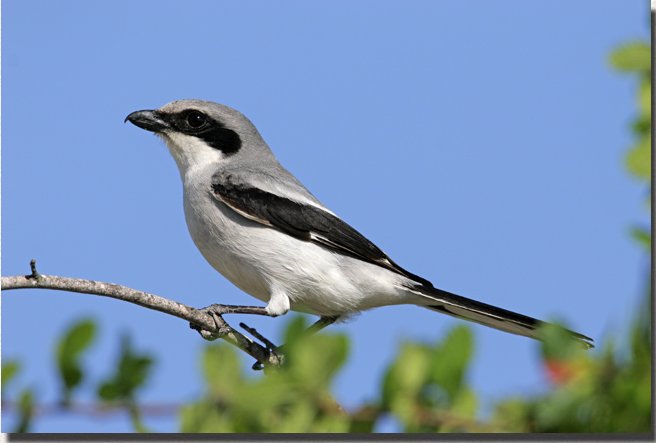
SYNOPSIS
St. Petersburg, Russia, December 18, 1892
(Action takes place on this one day and in real time with the events of that evening).ACT IIvan, age 15, studies violin at conservatory. He seeks camaraderie with his care-free friends, but his overbearing father, concertmaster at the Maryinski Ballet, thinks Ivan should be more disciplined. Ivan spies from afar the lovely ballerina Catherina, also 15. Father, however, drags Ivan to the final dress rehearsal before opening night. Ivan sits in the musicians' pit next to father, turning his pages. Father wants Ivan to become a professional violinist. Tchaikovsky conducts.
We meet the strange Drosselmeier and his balletic pet mice. To the opening night ballet audience he is a cast member, an old man with a black eye patch and mystical powers. In reality, he possesses supernatural powers, but is easily manipulated. His only love is not for Natasha, his evil, wanna-be ballerina grand daughter, but for his pet mice.
Love-smitten Ivan watches Catherine outclass Natasha at the final audition. But Natasha is not finished; she will stop at nothing, including murder, to secure the role of “Clara,” the girl whose dream is the Nutcracker ballet. Ivan inadvertently manages to lock horns with macho-Boris, the arrogant 18 year old bully who plays the Nutcracker.
Natasha plots to kill Catherina on-stage, opening night. As originally choreographed, the mouse king almost "kills" Clara, but she is saved by the Nutcracker who "kills" the mouse king. According to Natasha's plan, and at her behest, Drosselmeier will grow his two favorite mice into 8 foot monsters, the “king” mouse will don the seven-headed mouse king costume and he will actually try to kill Catherina/Clara, but there is one complication. . .
Backstage, Ivan figures it out, but none of the adults believes him, nor does Catherine who thinks he's nuts. So Ivan must save his beloved Catherine against her will. He overpowers Boris, steals his costume, finds a real sword, and goes on stage to battle the rodential beast. The ballet audience is unaware of the drama unfolding on stage. Ivan appears to kill the monster mouse per original choreography, but in saving Catherina, he creates another mortal enemy, the 8-foot Mouse Queen. Catherina still thinks Ivan is crazy, she's unaware that he saved her life.
INTERMISSION AND ACT IIOn and off stage during intermission and Act II, the vengeful Mouse Queen pursues Ivan and Catherina. Again, the ballet audience is unaware of the on-stage drama. The pursuit is choreographed to a popular version of the Nutcracker. It’s not until the very end, when the young couple is lifted on a sled above the stage, that Catherine realizes that Ivan was right, but it’s almost too late. The Mouse Queen and a wounded, but still alive Mouse King, are in hot pursuit. The Queen jumps into the sled to kill them both, but the Queen falls to her “death.” Catherina kisses Ivan, they are safe and in love. The ballet audience never knew what happened.
FINALECatherine and Ivan take their bows to thunderous applause. Along the footlights, the two "dead" monster mice have been transformed back to cute normal sized mice; they kiss and take their bows. In the musician's pit Ivan's dad gives Ivan a standing ovation.
COMPLETE SCREENPLAY


 Gucci HYSTERIA COLLECTION, hysteria bag in python (actual snake) $4,590
Gucci HYSTERIA COLLECTION, hysteria bag in python (actual snake) $4,590 I'm introducing my own line of handbags, the "Dementia Collection," a cheap plastic or paper knockoff with prices starting at $10,000. Customers will most likely forget their purchase, thus necessitating additional purchases.
I'm introducing my own line of handbags, the "Dementia Collection," a cheap plastic or paper knockoff with prices starting at $10,000. Customers will most likely forget their purchase, thus necessitating additional purchases. 

 ................................. Man Pointing by Alberto Giacometti
................................. Man Pointing by Alberto Giacometti
 Summary
Summary  Summary
Summary  Summary
Summary  Summary
Summary 
 Datura is a member of the Northern Mexico hallucinogenic triumvirate: mescalito (mescaline/cactus), yerba del Diablo (Datura/Jimson weed), and humito (Psilocybe/mushroom) described in The Teachings of Don Juan. Of the three, Don Juan felt Datura was the most dangerous and “[he] realized she was not for me....” Nevertheless, this first-hand “cookbook” gives detailed instructions for DIY gathering, preparation, ingestion, tripping, and “cool down.” [Full article at blogowitz-unabridged]
Datura is a member of the Northern Mexico hallucinogenic triumvirate: mescalito (mescaline/cactus), yerba del Diablo (Datura/Jimson weed), and humito (Psilocybe/mushroom) described in The Teachings of Don Juan. Of the three, Don Juan felt Datura was the most dangerous and “[he] realized she was not for me....” Nevertheless, this first-hand “cookbook” gives detailed instructions for DIY gathering, preparation, ingestion, tripping, and “cool down.” [Full article at blogowitz-unabridged]

 Hebrews lorded over, and were mired in, an ever-moving mammalian mass of sheep and goats that were noisy, aggressive, wandering, cud-chewing, regurgitating, ruminating, festering, flatulating, burping, baaing, bleating, copulating, menstruating, gestating, birthing, lactating, dying, defecating, urinating, and perhaps most significantly, insatiably consuming strangers’ grass and farmland. Cont'd at unabridged-blogowitz
Hebrews lorded over, and were mired in, an ever-moving mammalian mass of sheep and goats that were noisy, aggressive, wandering, cud-chewing, regurgitating, ruminating, festering, flatulating, burping, baaing, bleating, copulating, menstruating, gestating, birthing, lactating, dying, defecating, urinating, and perhaps most significantly, insatiably consuming strangers’ grass and farmland. Cont'd at unabridged-blogowitz